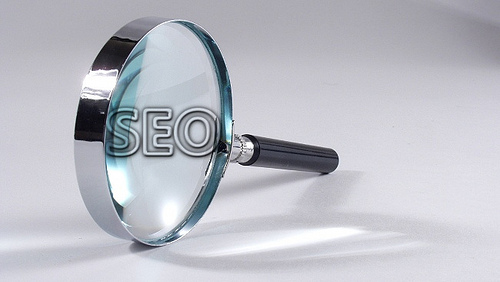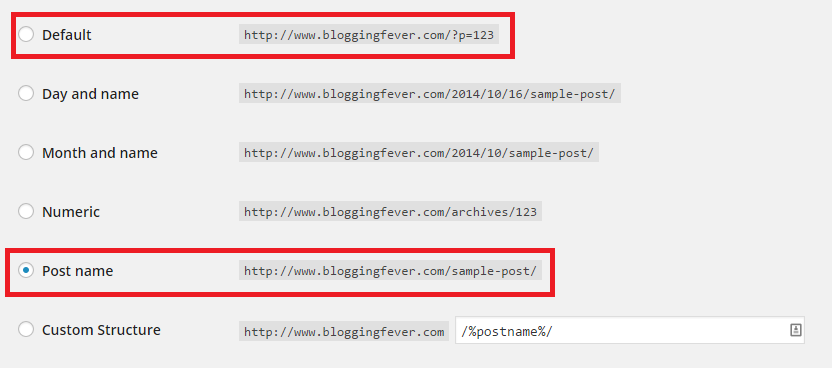
There are two parts to a good SEO, the on-page and the off-page.
On-page SEO is something that you can do on your site or web page so that search engine can understand and interpret your content better also also know how to rank your content.
If you are looking into how to improve your search engine ranking, that’s off-page SEO but before you go into optimizing your off-page, a good on-page SEO is what you need to start with because it is like a SEO foundation for your site.
Before you move on, do check out my SEO fundamental post if you are new to this SEO thing.
#1 – Content is king

I hate to say this because this is like the most overly used phrase in internet marketing.
But over the years, with the Google Panda and Penguin algorithm going on the wild, quality content had become even more important.
Therefore, the old tricks such as duplicating contents or spinning contents doesn’t work anymore.
Instead, below is what your contents should look like:
- Unique and original in the sense that it is not found anywhere on the internet.
- Long contents with 1,000 to 2,000 words because as per Neil Patel’s research, that’s what top 10 contents on Google have in similarity.
- Written for human and not search engine because the old SEO strategy says that your keyword density should be somewhere 3%-5% which forces writers to repeat a particular keyword numerous times and resulted a poorly written article that only search engine can understand.
#2 – Meta tags
The meta tags of your page is important when it comes to displaying your site’s information on search engine.
These tags that you need to pay attention to are the Title tag (50-60 characters) and Meta Description tag (160 characters) where:
- Title tag – The headline of your article and it should be attractive enough to get users to click on it. Copyblogger has the formula for writing a good headline here.
- Description tag – You have under 160 characters to summarize your article. My formula for writing the description tag is to give a short description of what the article provide and end with call-to-action (e.g.: Find out more on how to improve SEO from this article) because by having a call-to-action, it gives your search a better click through rate (CTR).
In the old days, there is this Meta Keyword tag but this tag is no longer in use anymore. So, don’t waste your time here.
Having these information in the meta tags gives a better user experience in general.
You can learn how to setup these meta tags in this post.
#3 – SEO-friendly URL
By default, the URL for each blog post on a WordPress CMS is NOT SEO friendly.
Take a look at the screen below.

You can check this by login into the Admin area and go to Settings -> Permalinks.
To enable a SEO friendly URL, select Post name instead of the Default one.
On top of that, you can also refer to my full guide on how to make your URL SEO friendly on WordPress blog.
#4 – Sitemap
Sitemap is like the blueprint of your website and it is always good that you submit your sitemap to the Google Webmaster Tool.
First of all, by submitting your sitemap there, you get your site and your pages indexed faster.
Secondly, by submitting your site to Google Webmaster Tool, you basically get free monitoring in web crawling.
Basically, this tool will report to you whenever your site has issue with the search engine crawlers where if these crawlers unable to reach your particular page, that page will not be indexed.
Hence, using this tool will be able to tell you which page actually went wrong and probably what you can do to fix it.
For a full guide in submitting your site to the Google Webmaster Tool, you can refer to this post.
#5 – Internal linking
Internal linking is a method of linking to one of your own content which fall in the same domain name.
By performing internal linking, you actually tell search engine and your readers that you are writing within the same niche that all your contents are related to each other.
On the SEO side, it helps to spread your ranking juice or ranking power across your site.
Last but not least, it helps you to reduce your bounce rate where your readers will stay on your site longer and visit more pages.
So, before you publish any of your post, ensure that you had internally link all your necessary articles.
#6 – Site speed
Believe me or not, a good user experience means good SEO.
If search engine were to find out that your site is loading in a very slow manner, there goes your SEO score.
As a result, a good web hosting,and clean WordPress theme are what makes a fast loading site. So, ensure you had invested into these two important things.
You could also use cache plugin to speed up your site but my web hosting, Flywheel forbids such implementation as they had already done their own caching.
#7 – Images
If you are using images in your blog post, ensure that it is relevant and include as well a relevant alt tag and description to your image.
Research shows that apart from your blog post where on most social media like Facebook and Twitter, contents with images tend to get more share and perform better.
Apart from that, you are also advised to optimized the size of your image so that it doesn’t affect your site speed.
For this, you can use plugin like WP Smush.it to do so.
#8 – Keyword density
Don’t get me wrong here. I am not asking you to write with your keyword density of 3%.
That is poor user experience for repeating the same word over and over again.
What I am trying to advise here is to forget everything about keyword density.
Write your article naturally like how you normally do.
You will be surprised that the way to optimize your keyword density is to stop optimizing it.
#9 – Link out
In the old times, webmasters are afraid to link out.
For one obvious reasons, they don’t want to lose some of their Google PageRank juice which is no longer important anymore since Google PageRank no longer updating.
On the other hand in the modern SEO, you should link out often.
Here is 5 reasons why you should link out from your website by Rand Fishkin of Moz.
#10 – Mobile responsive
Mobile visitors are getting more these days.
If you notice the traffic trend in the old days, traffic tend to get lower during weekends and spike back on weekdays.
But in today’s traffic trend, even though there is a decrease in traffic during weekends, but you can see that most of those visitors are from mobile.
You can setup the Google Analytics account and link it to your site to see how your site performed.
So, having a mobile responsive site is extremely important in order to have a better user experience and SEO.
Studiopress has loads of mobile responsive themes that worth checking out.
If paying for a WordPress theme is not what you are looking for, you can check out as well these 50 Free Responsive WordPress Themes.
Conclusion
Before going to the link building part of SEO, ensure that you had done all these on-page SEO optimizations.
By creating this good foundation, only then your link building can perform well.
Did I miss any on-page SEO optimization that is worth mentioning here?
Tip me below.






Hi Alan,
You really did a great job, You mention here some great points that’s are really important for off-page SEO.
In on-page SEO, I always try to publish SEO Optimized contents and get huge benefits. Most of my post get huge traffic from search engine although i’m currently not working for off-page seo.
Fakharuddin recently posted..Top 100 High PR Dofollow Blog Directory List
That’s great. Thanks for your comment, Fakharuddin.
Alan Tay recently posted..10 tips to improve your On-Page SEO and boost your ranking
Great Insight Alan,
Good SEO is not just about building backlinks. In order to achieve the best rankings, your own website needs to follow Google’s guidelines, which are completely distinctive and designed keeping in mind the crucial elements.
I believe Meta Tags are still the most crucial on-page SEO components.
Worli recently posted..Sarkari Naukri Latest Govt Jobs Alerts
Thanks for stopping by, Worli.
Agree with your point on Meta tags

Alan Tay recently posted..18 fundamental facts to prepare you for SEO